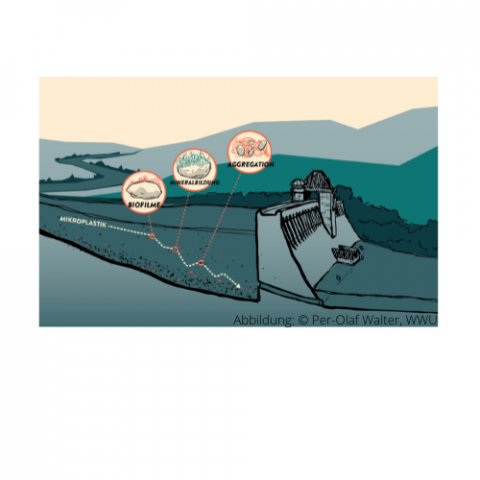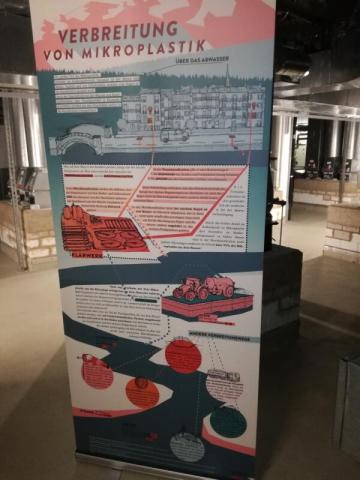Microplastics
Are microplastics harmful?
Educational materials on the topic of microplastics
In addition to research on the current topic of microplastics, the dissemination of knowledge to the public is an important matter. Within the framework of the project, we have succeeded in developing teaching materials with which the examination of the topic can be realised from the 1st to the 12th grade.
Analysis of Microplastics - Sampling, preparation and detection methods
This status report was prepared within the framework of the cross-cutting topic 1 "Analytics and reference materials" of the research focus. It summarizes the contents of the project discussions and coordination within the cross-cutting issue. The organization of this ongoing process of development or elaboration has been supported by several events.
Special Issue "Nano and Micro Plastic Detection and Identification in Water"
Open access journal Water (ISSN 2703-4441, IF 2.544)
Factsheet 7.2: Microplastics in the aquatic food web - Impact and transfer analysis based on the example of roundworms (nematodes)
"To assess the ecologic danger posed by microplastics, one must also consider indirect effects in the food web", say Sebastian Höss (Ecossa) and Marie-Theres Rauchschwalbe (Bielefeld University). The researchers from the joint project MikroPlaTaS looked at these effects using nematodes as an example.
Factsheet 7.1: Microplastics around dams - How do plastic particles behave in reservoirs?
Plastic is now ubiquitous not only in the sea but also in many inland waters. In certain areas, such as at barrages or in dams, the flow velocity decreases. As a result, the particles previously held in suspension by the current begin to sink to the bottom of the water and can then accumulate in the sediment.
Cross-Cutting Topic 1: Analytics and Reference Materials: Comparative test
Science goes to school: Travelling exhibition on the topic of (micro-)plastics
As part of the joint project MikroPlaTaS, a travelling exhibition on the topic of microplastics and plastics has been developed especially for use in schools. In addition to presenting basic information on the use, distribution routes and effects of plastics, the exhibition also presents the research team's own project results.


